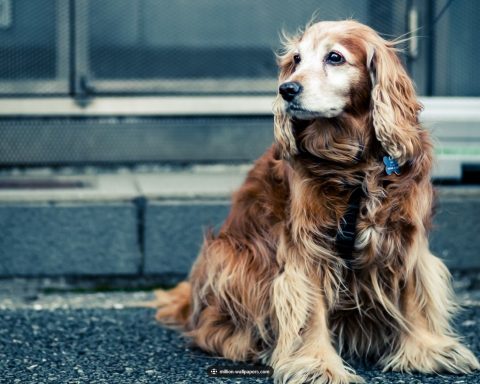Impact of climate on training
Wind direction, wind speed, wind can affect the effect, especially on the dog’s ability to smell and odor identification.
For example, wind direction and wind service can affect the transmission of air leaves, change the direction of the trace odor and reduce the concentration of the odor, or confuse the identification of the odor of the item.
Wind direction can also help or hinder the transmission of muzzle sounds.
Influence of temperature
An increase in temperature beyond the dog’s normal adaptive limits can cause fatigue in the dog’s nervous system. If the temperature is 25 degrees Celsius, the dog breathes faster and the excitability of the nerves decreases, which affects the training effect.
When the temperature is below 0 degrees Celsius, the odor not only can not rise and evaporate, but gradually sink and float on the surface, so that it freezes with the ground, obviously affecting the tracking, searching and other training.
Effect of humidity
Excessive humidity affects the retention and transmission of odor, such as heavy rain and snow, which can not only wash away the odor on the items, but also cover the odor and make it disappear; too little humidity, such as a prolonged drought, can make the transmission and evaporation of the odor accelerate, and the retention time is shorter.
Influence of the environment
The surrounding environmental conditions of the training site is complex, such as personnel, vehicles, livestock, poultry flow of large zones, a variety of stimuli are not only more, but also complex, difficult to identify, but also can be masked by other odors.
In addition, the degree of odor retention varies from zone to zone. Generally speaking, grass, loose soil and woods, retain odor better, while concrete, asphalt, no grass and trees of the bald mountain, etc. retain odor for a shorter period of time.


